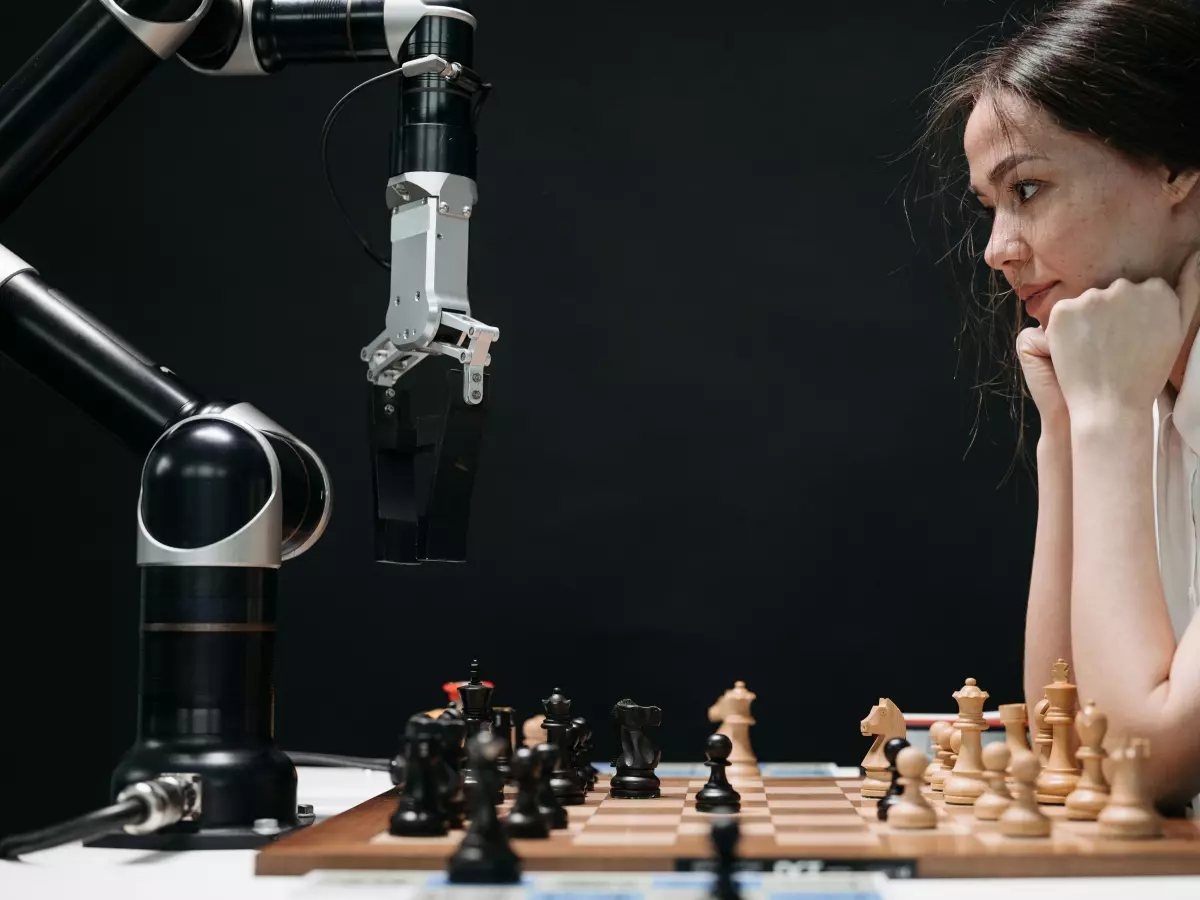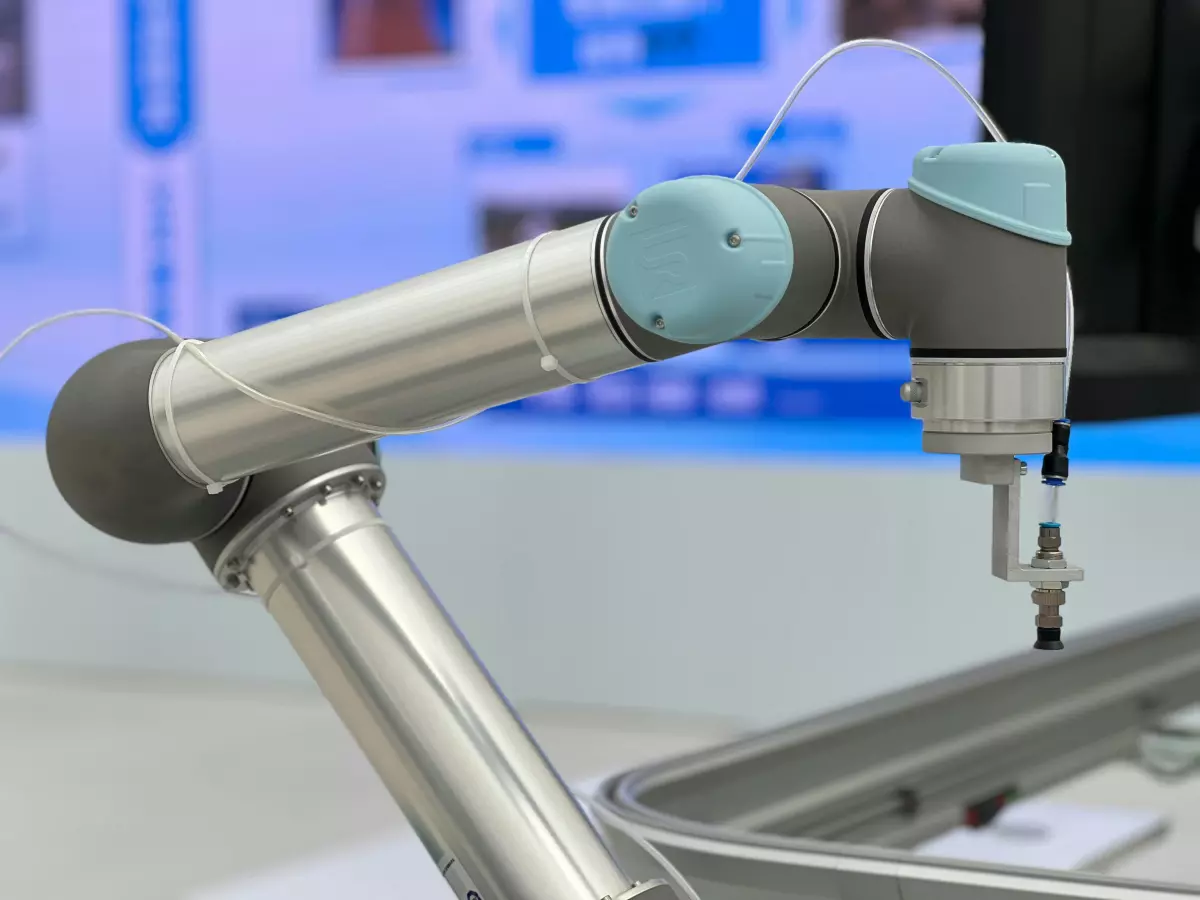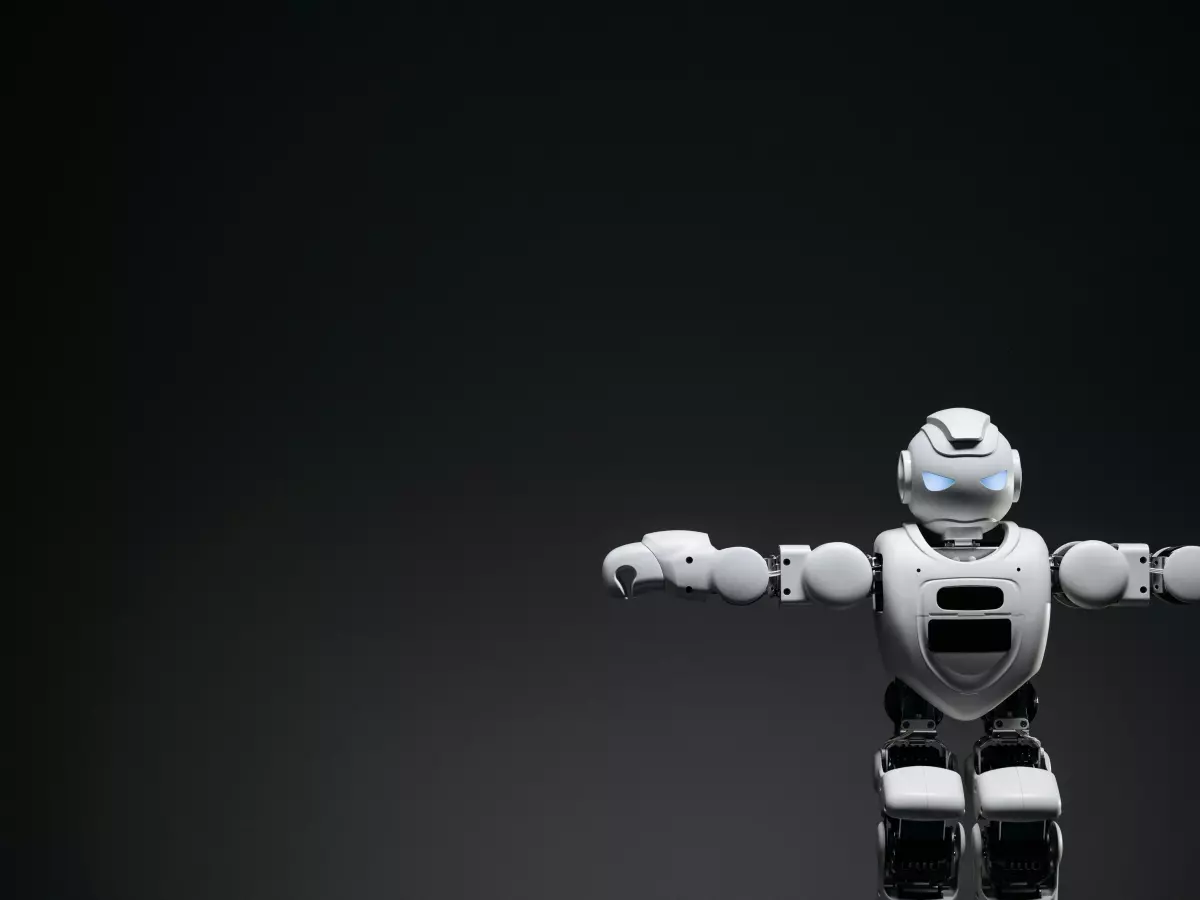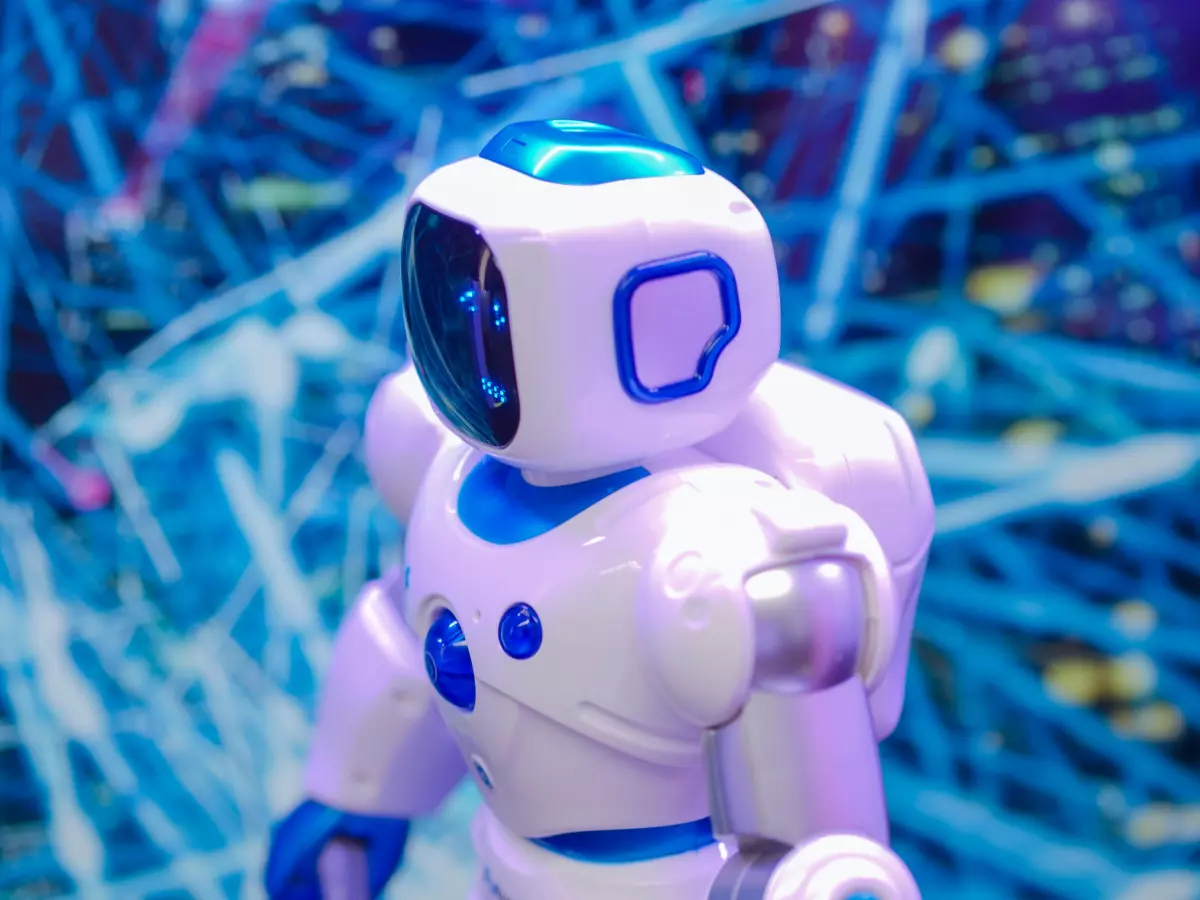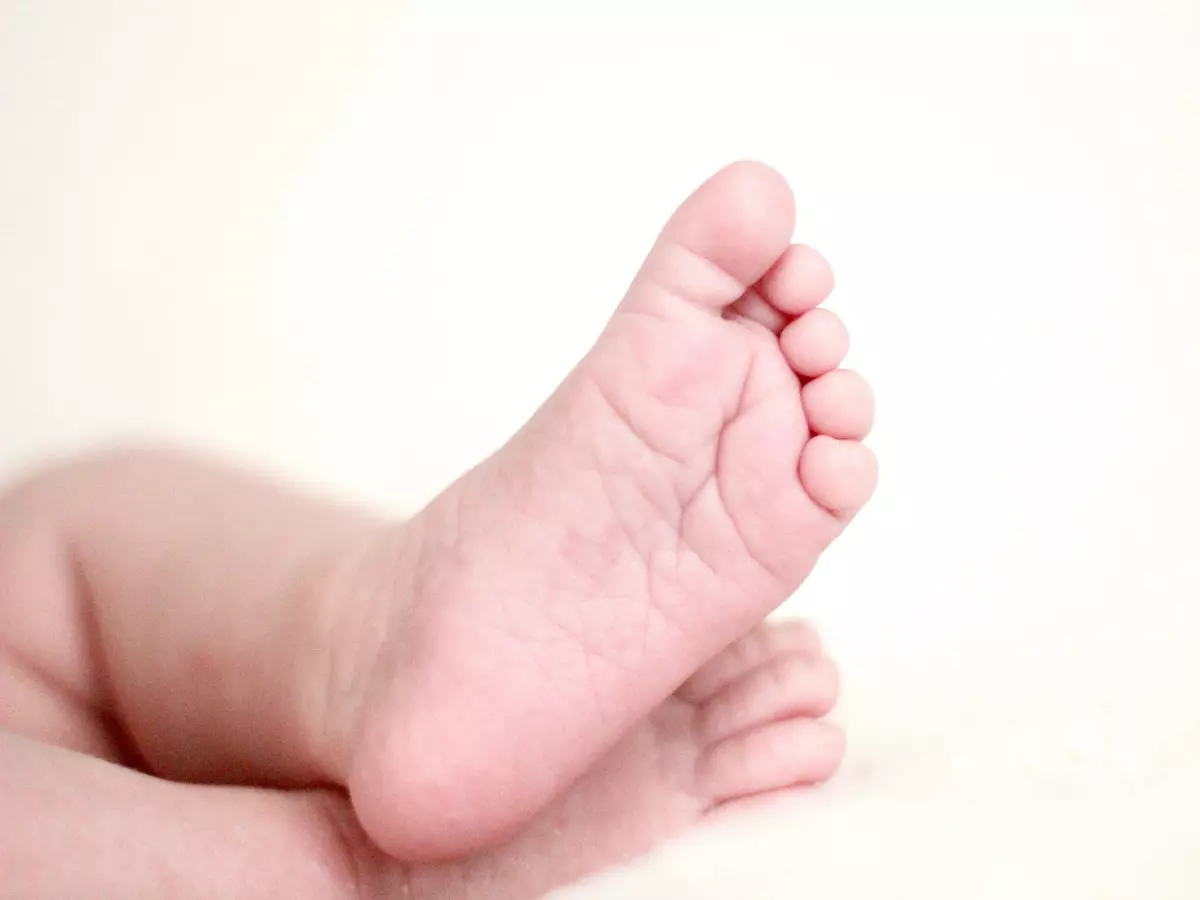Torso Dynamics
"The human body is the best picture of the human soul." – Ludwig Wittgenstein
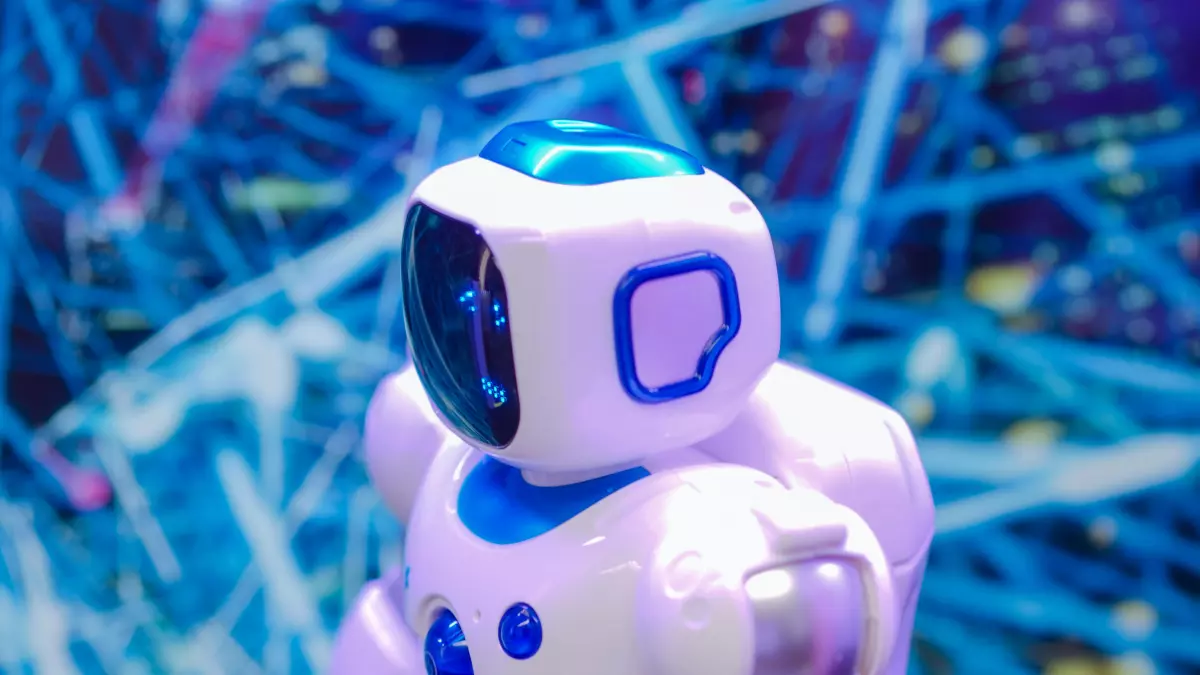
By Marcus Liu
Imagine a humanoid robot standing in front of you. Its head moves, its arms articulate, but something feels off. It’s the torso. The torso is the unsung hero of human movement, the core of our balance and coordination. Without a well-designed torso, a humanoid robot is like a marionette with strings tangled. But when done right, the torso becomes the key to fluid, natural movement.
In the world of humanoid robots, the torso is more than just a structural component. It’s the central hub of motion, balance, and coordination. Think of it as the robot’s core processor for physical movement. The torso connects the upper and lower body, and its role in motion control is critical for achieving realistic human-like movements. So, how do engineers design, integrate sensors, and develop motion algorithms to make a humanoid robot’s torso move like a human’s?
The Torso: The Robot’s Core
Just like in humans, the torso of a humanoid robot is the central point where everything comes together. It’s the foundation for balance, posture, and coordination. Without a well-functioning torso, even the most advanced robotic arms or legs would struggle to perform tasks smoothly. The torso is the robot’s anchor, providing stability while allowing flexibility. It’s the control center for distributing forces and managing the robot’s center of gravity.
Designing a humanoid robot’s torso is no easy feat. Engineers must balance structural integrity with flexibility. The torso must be strong enough to support the robot’s upper body, yet flexible enough to allow for a full range of motion. This is where materials science comes into play. Advanced materials, such as lightweight composites and flexible polymers, are often used to create a torso that can bend, twist, and rotate without compromising strength.
Sensor Integration: The Torso’s Sixth Sense
Now, let’s talk sensors. The torso of a humanoid robot is packed with sensors that help it understand its position in space and how to move efficiently. These sensors are the robot’s sixth sense, providing real-time data on everything from balance to posture. Without these sensors, the robot would be blind to its own movements.
One of the most important sensors in the torso is the gyroscope. This sensor measures the robot’s orientation and helps it maintain balance. When the robot leans too far in one direction, the gyroscope detects the movement and sends signals to the motion control algorithms to correct the posture. Another key sensor is the accelerometer, which measures the robot’s acceleration and deceleration. This is crucial for tasks that require sudden movements or changes in direction.
But it’s not just about balance. The torso also houses sensors that monitor the robot’s internal state, such as temperature and pressure. These sensors ensure that the robot’s internal systems are functioning properly and can alert the robot to potential issues, such as overheating or mechanical stress.
Motion Control Algorithms: The Brain Behind the Movement
So, we’ve got the design and the sensors, but how does the robot actually move its torso? This is where motion control algorithms come into play. These algorithms are the brain behind the movement, processing the data from the sensors and determining how the torso should move.
One of the key challenges in torso motion control is achieving smooth, natural movements. Humans don’t move in jerky, robotic motions (well, most of us don’t). Instead, our movements are fluid and coordinated. To replicate this in a humanoid robot, engineers use advanced motion control algorithms that take into account the robot’s entire body. These algorithms calculate the optimal movements for the torso based on the robot’s current position, the task it’s performing, and the environment it’s in.
For example, when a humanoid robot bends down to pick up an object, the motion control algorithms must coordinate the movements of the torso, arms, and legs to ensure that the robot maintains balance and doesn’t fall over. This requires real-time calculations and adjustments, as the robot’s center of gravity shifts with each movement.
Future Implications: What’s Next for Humanoid Torso Design?
As humanoid robots become more advanced, the design of the torso will continue to evolve. One area of research is the development of soft robotics, which aims to create robots with flexible, human-like bodies. This could lead to torsos that are even more flexible and capable of complex movements. Imagine a robot that can twist and bend like a gymnast, or one that can perform delicate tasks that require fine motor control.
Another exciting development is the integration of artificial intelligence (AI) into torso motion control. With AI, humanoid robots could learn from their movements and adapt their posture and balance in real-time. This would allow robots to perform tasks in dynamic environments, such as navigating crowded spaces or working alongside humans in factories.
In the future, we may also see humanoid robots with torsos that can self-repair. Researchers are exploring materials that can heal themselves when damaged, which could lead to robots that are more durable and capable of withstanding wear and tear.
Conclusion: The Heart of the Machine
The torso may not be the flashiest part of a humanoid robot, but it’s undoubtedly one of the most important. It’s the heart of the machine, providing balance, coordination, and stability. Without a well-designed torso, a humanoid robot would struggle to perform even the simplest tasks.
As engineers continue to push the boundaries of humanoid robot design, the torso will remain a key area of focus. With advancements in materials, sensor integration, and motion control algorithms, we’re getting closer to creating robots that move as naturally as humans. And who knows? One day, we might even see robots with torsos that are more flexible and capable than our own.
